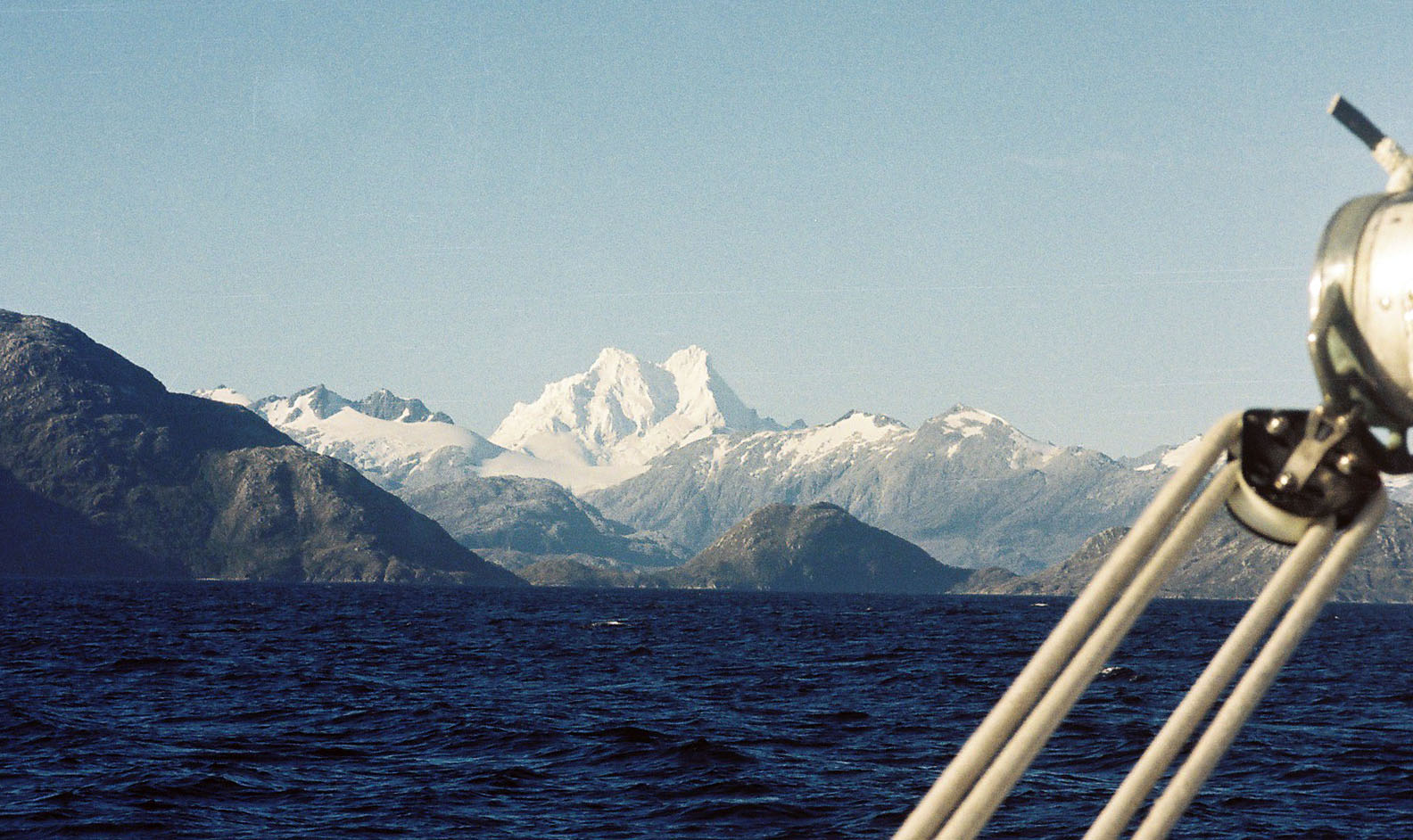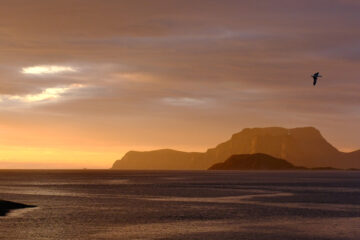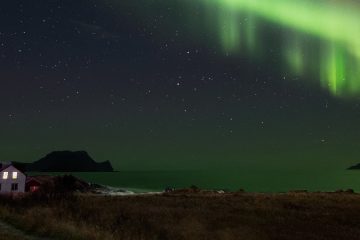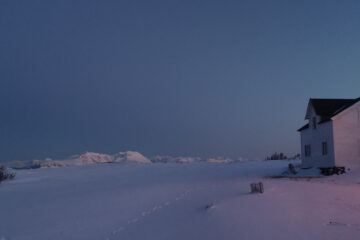This article is a very succint decalogue of what a sailor must expect from, and therefore prepare to, a cruise in high latituides, meaning roughly North – or South – of the 50th parallel.
-
- General meteorology. Besides being often extreme, the main characteristic of the weather in high latitudes is its extreme volubility. Conditions are governed by the passing of depressions, and therefore by warm, cold and occluded fronts. The only sure thing is that warm fronts arrive first and they are more humid and less sudden, therefore easier to predict with observation and barometer. Cold fronts therefore NWesterlies in the N and SWesterlies in the S, especially in the S Atlantic, can be sudden and brutal, with winds picking from 0 to 50 in a matter of seconds. Keep a constant look at the sky and log regularly the barometric pressure, as they are far more reliable than the forecast.
- Winds: westerlies prevail in high latitudes, especially in the S Atlantic and Pacific where depressions track around parallel 50 in summer and one rarely sail S of it. Besides, the lack of landmasses in the Southern oceans make for easy forecasting, and one has just to keep track of the pressure to see the arriving warm front followed by the cold one. Depression in the N Atlantic tend to follow the belt between the 45 and 55 parallels depending on the season, but the big landmasses of N America and Eurasia change things dramatically. Moreover many boats sail N of the Arctic Circle to reach N Norway, Spitsbergen, Greenland and Aleutian Islands, and winds can come also from the east N of the center of the depression. Forecasting in the N Atlantic is erratic at best and wind changes are unpredictable, especially close to the coast where cold masses of ice mix things up, with a fierce vertical motion of air which is unknown on lower latitudes. Always sail with less canvas, forget the genoa, prefer cutter rigs, forget the full mainsail and keep the 3rd reef ready.

- Seas: due to the continuous succession of fronts coming from NW and SW or thereabouts, well formed and regular waves patterns cannot be expected. Waves offer a lively combination of old warm front waves and newer cold front ones. The result can be confused, pyramidal and often treacherous seas. Things get even worse close to important geographical places like Cape Horn or the main capes of Norway. If the government of Norway decided to dig a ship tunnel to avoid Vestkapp, there must be a good reason. Keep a constant monitoring of the wave directions, plan the passage of the main capes with the utmost attention and Always prepare for the worst.
- Currents. Tide ranges tend to be particularly wide in high atitudes, reaching 10-12 metres in the Channel, Nova Scotia, Argentinian Patagonia and Alaska. While the range is not worrysome in itself, the related tidal streams are definitely to take into account. Even major shipping is controlled and regulated in places like some areas of the Inside Passage in Canada, the Magellan Strait, the St Lawrence estuary and the English Channel. Other notoriously difficult places are the Maelstrom in Norway but especially the Strait of LaMaire where standing waves up to 10 metres have been recorded. Always check the tide tables and compare the flow with the wind and wave conditions.

- The boat: most vessels designed for high latitudes are heavily built with few concessions to speed. Metal prevail as a construction material, or very heavy fiberglass. Masts are strong, rigging heavy, sails small and in heavy dacron. Windows are small, lines heavy, and many boats have a central reinforced cockpit to protect the crew when outside. Good reliable engines are essential. The key is simplicity: keep things simple to reduce sail and manouvre quickly without leaving the cockpit.
- Personal safety: the key point is DO NOT FALL OVERBOARD. All the rest is secondary. If someone falls overboard in frigid waters and rough seas the possibility of being rescued are minimal. Always stick to the cockpit and move around the boat only when harnessed to the lifelines. These are two strong lines set on both sides of the boat that run over all the other lines so the harness can be hooked and slide without problems. In case of very rough weather also run a line from the companionway to the helm station to hook to. Harness and well positioned lifelines are the key.
- Personal gear: sailing in cold and wet condition is a miserable affair without good equipment. The body moves little so the heat must be trapped with layers of technical layers. Breathability is not an issue as there is little sweating, so good old wool is still good. Avoid cotton at all costs, as it keeps moisture close to the skin, which is lethal. Use more layers. Gloves are important. Weather jackets and bibs must be in good conditions and sturdy. Boots are a must. The essential bag should contain: mountain gloves, rainweather gear complete (mountain gear is ok), deck or mountain boots, at least 2 sets of 3 warm layers, sunglasses, hat, warm socks (also for living aboard), camera, light, books, journal.

- Coastal navigation: geography saw that most coountries with a section in high latitudes, namely Alaska, Canada, Norway, Great Britain, Iceland and Greenland, Chile, Argentina, New Zealand and Russia, have an amazingly eclectic and long coastline. Noway, Finland and Canada boast fjords which are over 150 miles long, and hundreds of thousands of islands each! Navigation is therefore very often complicated by the presence of rocks, islets, peninsulas, inlets, channels and whatever obstacle one can imagine. Both captains and crew should be Always well aware of their position and direction, have plenty of navigation backups and charts, and the pilots of the area.
- Isolation: again thanks to geography, a great part of the coast that sailors find in high latitudes is unpopulated, hostile, wild, mountainous and rugged, making it for both, solitude and an ideal ground for an Amazing bunch of activities such as hiking, climbing, skiing and exploring in general. Some inner fjords of Patagonia and Alaska are barely charted and visited by absolutely no one. A Whole world is yours to explore. Isolation also means independence: when leaving for isolated areas keep in mind that help is far away and difficult to reach, therefore you can rely only on yourself, your crew and your boat. Leave for these areas well prepared, well stocked and with a very good knowledge of the practical issues you might be forced to deal with, especially health issues for the crew and problems with the boat.
- Crew: extreme weather conditions, isolation, difficult navigation and constricted living arrangements mean that life for the crew is difficult. Crew must be well aware of what they will find in terms of both technical difficulties and human interaction. IOIne thing is absolutely true though: a friendship born in high latitudes will last forever.




